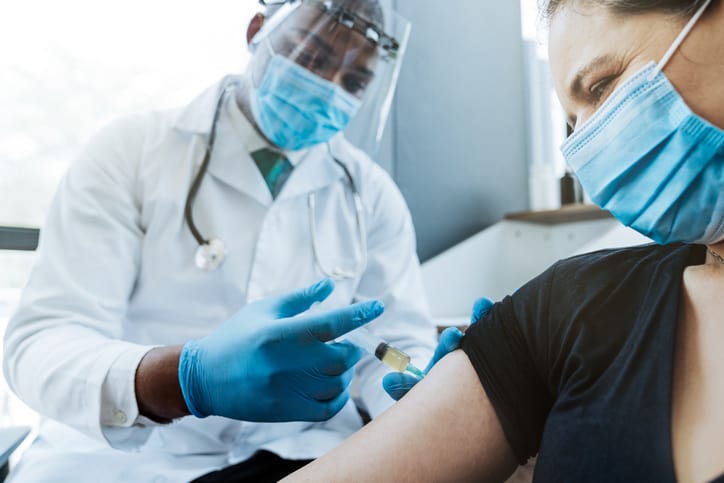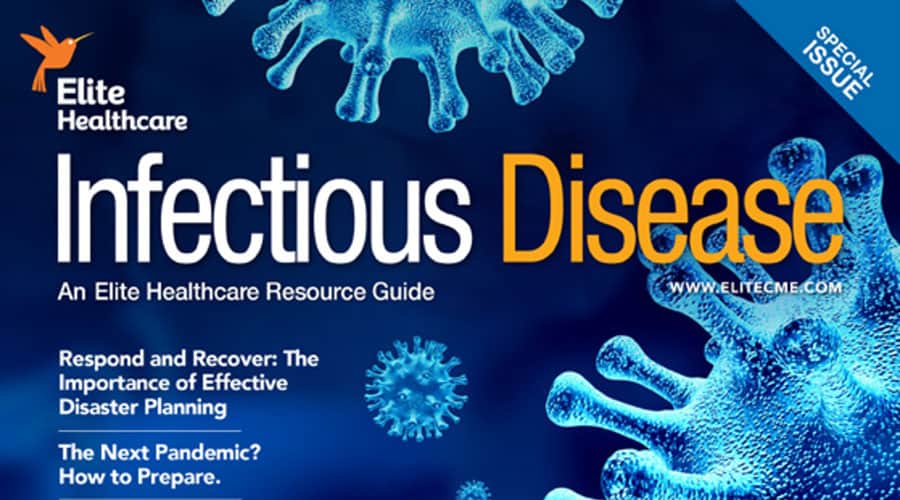
More than 103 million cases of coronavirus (COVID-19) have been diagnosed worldwide as of Monday evening, including at least 2.24 million deaths. Healthcare officials in the United States have reported more than 26 million positive COVID-19 cases and at least 442,000 deaths. Source: Johns Hopkins University & Medicine
Vaccinologist calls for new distribution strategy
A well-known physician consultant for the development of the COVID-19 vaccine who has collaborated with the likes of the World Health Organization, the Gates Foundation, Oxford, Sanofi, and Inovio, and who serves on an advisory board for Moderna is suggesting that the second vaccine dose be delayed up to 12 weeks until supply improves and in an effort to get more of the first shot administered. According to the Washington Post, it’s a controversial approach, but “an extraordinary disease requires extraordinary solutions,” said Stanley Plotkin.
Plotkin, who helped to establish the Coalition for Epidemic Preparedness Innovations, recently told the Post that even he is not without the struggles of trying to become vaccinated at 88 years old.
“I’ve looked over the data, and it suggests that you have pretty good immune protection starting 12 days after the first dose,” he’s quoted as saying. “Obviously, you need a second dose to get long-term protection, but the immune system stays primed for the second dose for at least six months.”
The full report can be found here.
CDC issues new order on transportation and wearing masks
Officials with the U.S. Centers for Disease Control & Prevention (CDC) are now calling for face masks to be worn on nearly all forms of public transportation. Traveling on public transportation increases a person’s risk of getting and spreading COVID-19 by bringing people in close contact with others, often for prolonged periods, and exposing them to frequently touched surfaces, the CDC recently shared with the public.
People potentially not being able to distance themselves by the recommended at least six feet from others has contributed to travel leading to wide spread of the virus, and the CDC is urging those responsible for overseeing transportation as well as those in a position to remind patients who may need to travel for their healthcare to wear masks that completely cover one’s mouth and nose to reduce the spread.
The CDC has issued an official order that requires face masks to be worn by all travelers while on public transportation, which includes all passengers and all personnel operating conveyances. People must wear masks that completely cover both the mouth and nose while awaiting, boarding, disembarking, or traveling on airplanes, ships, ferries, trains, subways, buses, taxis, and ride-shares as they are traveling into, within, or out of the United States and U.S. territories, officials said. People must also wear masks while at transportation hubs, such as airports, bus or ferry terminals, train and subway stations, and seaports, and other locations where people board public transportation in the United States and U.S. territories.
However, the following categories of people are exempt from the requirement to wear a mask:
- Children under the age of 2 years
- Those with a disability who cannot wear a mask or cannot safely wear a mask for reasons related to the disability
- Those for whom wearing a mask would create a risk to workplace health, safety, or job duty as determined by the relevant workplace safety guidelines or federal regulations
People on board the following categories of conveyances are also exempt from the requirement to wear a mask:
- Private conveyances operated only for personal, non-commercial use
- Commercial motor vehicles or trucks, if the driver is the only person in the vehicle or truck
- Conveyances operated by the U.S. Department of Defense (DOD), if the operator of the conveyance follows all DOD requirements to prevent spread
Healthcare providers seeking “simpler” integrated technology
With the stressful impact that the pandemic has had on healthcare providers on a daily basis, a need for more rudimentary technology tools that are collectively integrated may outweigh more sophisticated gadgets.
According to Matt Heelan, chief operating officer at Illumisoft, a software development company based in Kansas City, MO, research shows that physicians, nurses, care coordinators, and other professionals staffed in hospitals, physician groups, skilled-nursing facilities, and other settings are asking developers for more simplified and integrated devices to lessen the burden and to foster collaboration.
“In a lot of ways, they are saying ‘I don’t need more technology, I need the current technology I have to work together,’” says Heelan. “COVID has exacerbated the inefficiencies within the healthcare system because whenever you put a large volume of people through a system that is not integrated, it will highlight all the areas that need to be addressed. In some cases new technologies can help, whereas in others integrating existing systems and data can achieve a much larger benefit.”
Revised legislation around improving the ability to share data for more easily may also impact future technologies, as could continuing education opportunities that educate on digital technologies, particularly mobile devices and apps.
“As [providers] continue to play the role of technologists, it will be a required part of their CE to be familiar with how the technology works, understand each of their pros and cons, and be able to evaluate their effectiveness,” he said.
AstraZeneca vaccine faces concerns in Germany
Health officials in Germany are advising against giving the AstraZeneca coronavirus vaccine to people older than 65 years because they believe there is insufficient data on the effectiveness of the vaccine for this age group.
According to a recent report by CNN, the German vaccine watchdog argues that the number of older people participating in the clinical trials wasn’t large enough to make conclusions regarding efficacy and safety in the elderly.
However, AstraZeneca officials say the latest analyses of clinical trial data “support efficacy in the over 65 years age group.”






